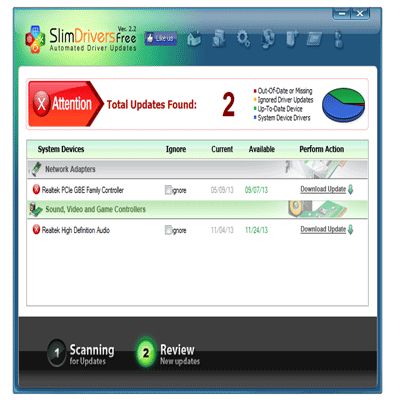Hi guys, today I’m going to tell you about the different ways how to make a bootable USB drive to install or reinstall Windows 7, 8, 8.1, and Windows 10. After reading my article you’ll be able to boot your USB drive without any extra effort i.e. searching on the Internet or asking your friend for help.
In this article, I will discuss Three ways to create a bootable USB. All methods are easy and effective to make Windows bootable USB. Now it depends on you which one you like to use to make a bootable USB.
1- Manual Setup to Make Bootable USB:
The best and easiest way that I personally choose is the manual setup. Assume you have a PC (Windows Operating System installed) with a USB drive with Windows ISO setup or Windows DVD disk but you don’t have an active Internet connection. You don’t have to worry to download any third-party software to boot your USB. Windows OS provides you a built-in way to boot a USB drive for installing Windows. Let’s start…
Firstly, format your USB drive with NTFS File System.
Now, Press the + R keys together from your keyboard. It will open the Run window. Type “diskpart” in there and press OK.
Then type “sel vol F” where F is the letter of your USB drive located in “This PC” in Windows 10 and “My Computer” in Windows 7, and press enter.
Now type “active”. This will boot your USB drive to install any Windows Operating System.
Close the window now. Open the.ISO file that contains the Windows 7, 8, 8.1, or Windows 10 files or open the DVD, select all the files, and copy them to the USB drive that you just booted. It can take up to 15 to 30 minutes depending on your PC and the speed of your USB drive. When all files will be successfully copied, you can install Windows OS to any PC that supports installing Windows through a USB drive.
Note: For all other steps you should have an ISO file.
2- Create a Bootable USB through Windows USB/DVD Download Tool
First, Download the Microsoft tool from the official link here.
Install the software after downloading. Once you install it, click on the button from your keyboard, search, and find USB/DVD Download Tool from the search bar. When you found click on it to open. Click on the browse button to find the ISO file that contains Windows 7, 8, 8.1, or Windows 10 operating system from the open dialog box.
After you found, select it and click Next.
Now Select the USB drive to boot a copy of Windows OS in it. You can also boot DVD disk if you want to by selecting DVD disk.
If you want to copy the file to the USB drive, then select your USB drive from the drop-down and click Begin Copying.
When the copying process completes, you can boot any PC that supports installing Windows OS through a USB drive from the booted flash drive.
3- Create a Bootable USB Through “Rufus” Third-Party Software:
Rufus is very easy-to-use third-party software through which you can boot your USB drive with just a very few clicks. You need to have an ISO file in order to boot your flash drive. Download the latest version of Rufus from this link. Install it when you download it. Once you install it, click on the button from your keyboard, search, and find “Rufus” from the search bar. When you find it, click on it to open it. It will look like the following
Select your USB drive from the Device drop-down. Then select the ISO file from the highlighted CD icon, which contains Windows Operating System installation files.
Now you have to just click on Start, and Rufus will give you a warning that it will remove all your files contained in the USB drive. And if you accept, it will format your drive, make it bootable, and copy all the Windows files from the ISO file to the selected USB flash drive. When it completes, you’ll be able to install the Windows OS on any PC having the ability to boot from USB.
Error in Creating Bootable USB:
Sometimes people face errors while creating a bootable USB. If you try the above method same as mentioned then you need to check the below tips which help to get rid of this error and make the process of bootable USB successful.
- Recheck the boot order in BIOS:
The most common reason why a USB device won’t boot is the boot order in BIOS. Because BIOS is not configured to check the USB port first.
- Remove other USB devices:
You need to Unplug other devices like printers, external media card readers, etc. because these devices consume a lot of power creating some other problems. Therefore, the process of bootable USB is not complete successfully.
- Switch to another USB port:
You can switch to another USB port and try again to restart the computer. Because BIOS on some motherboards checks the first few USB ports.
Thank you, guys, for reading my article. If it helps, please comment. I’ll bring you more informative articles to help you solve your PC problems.










